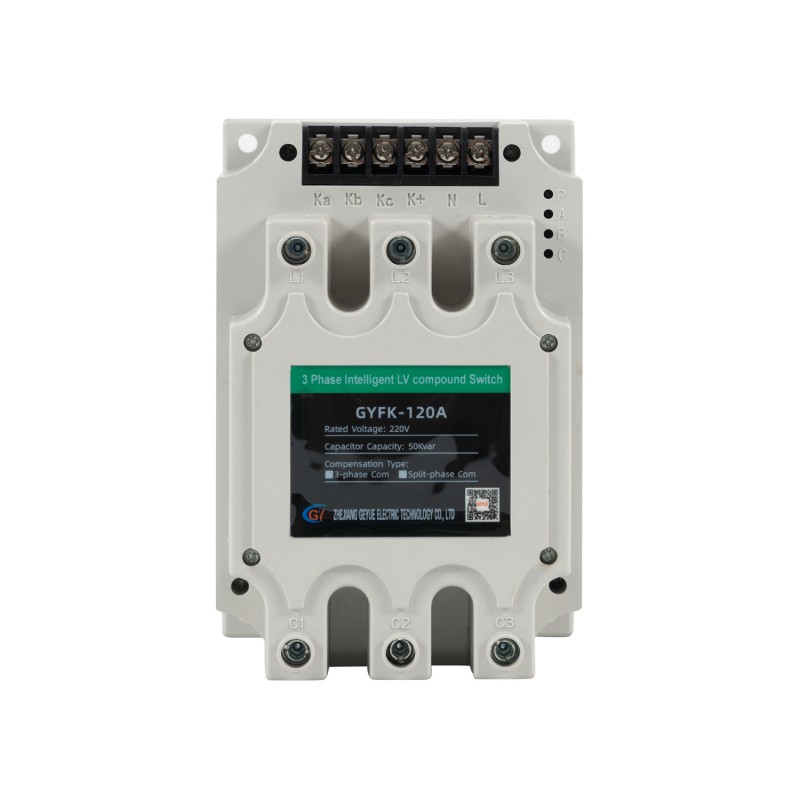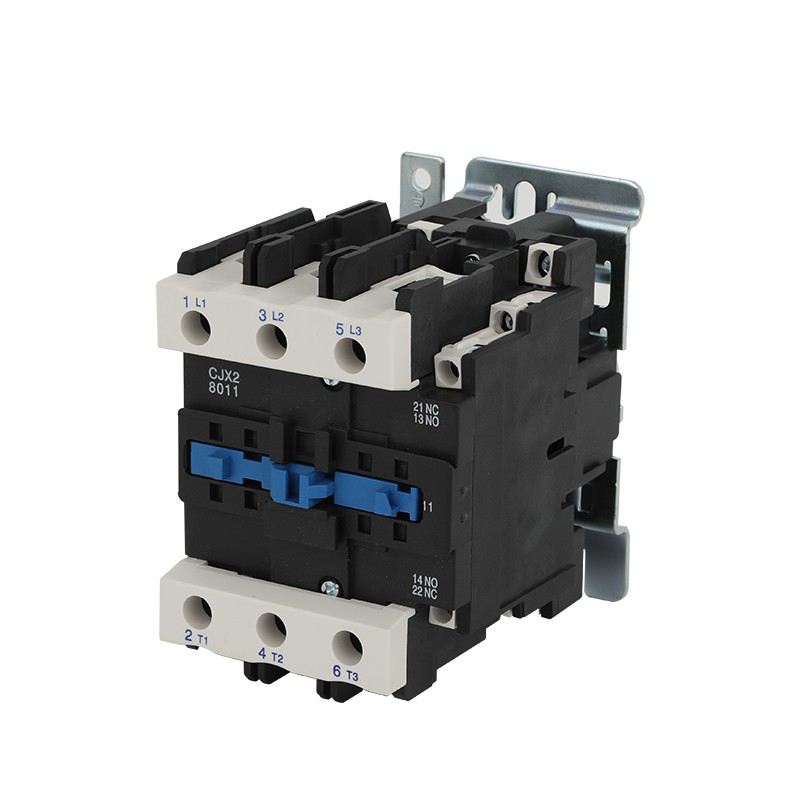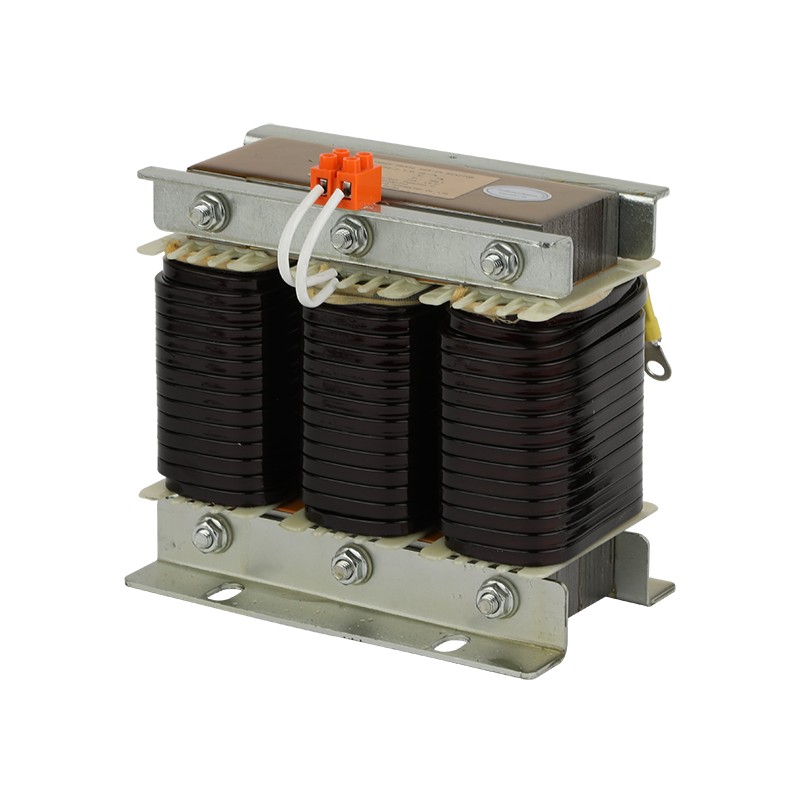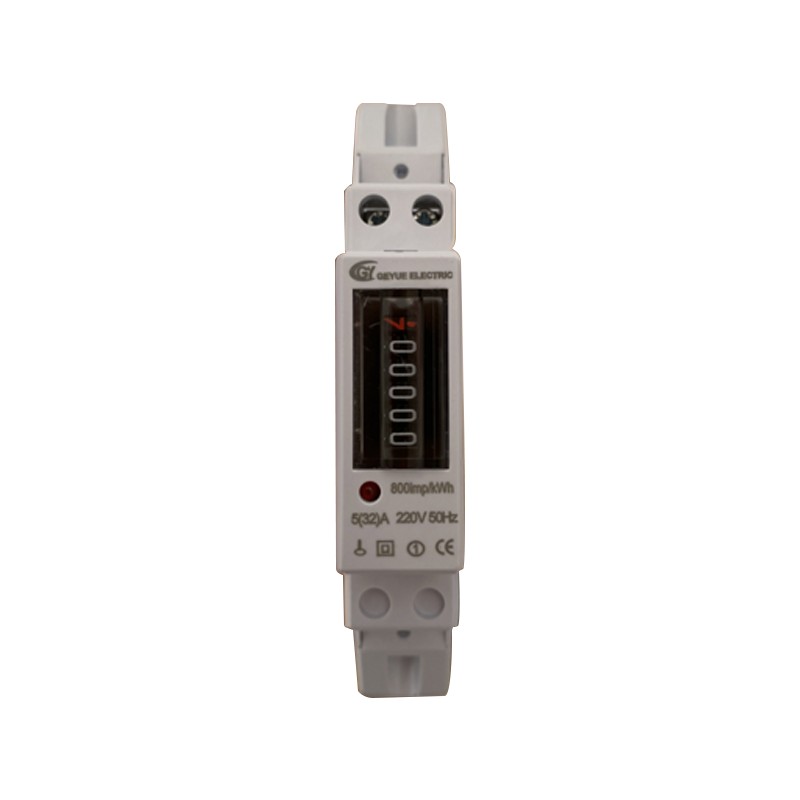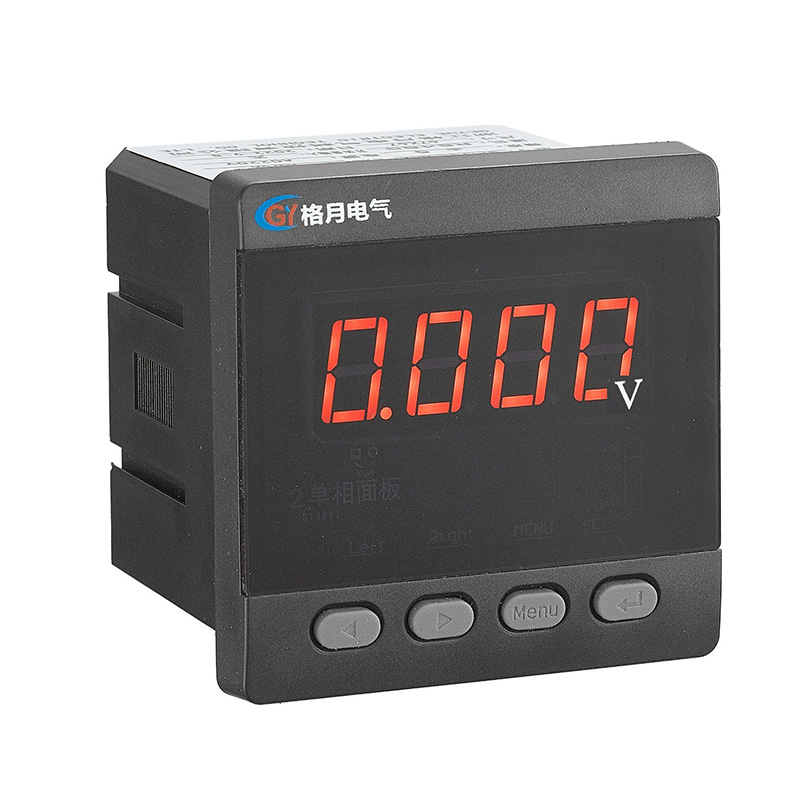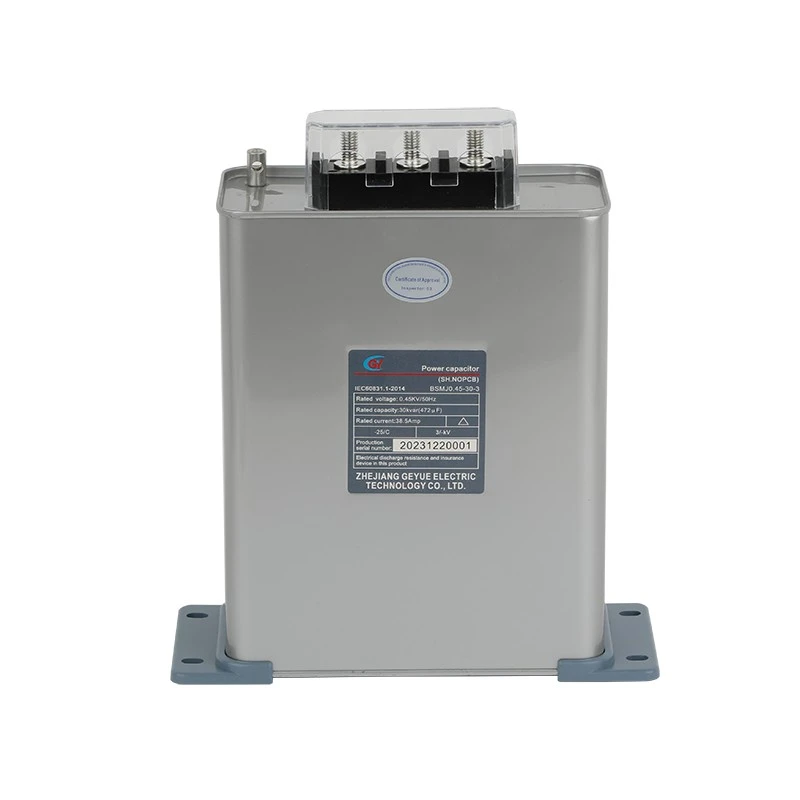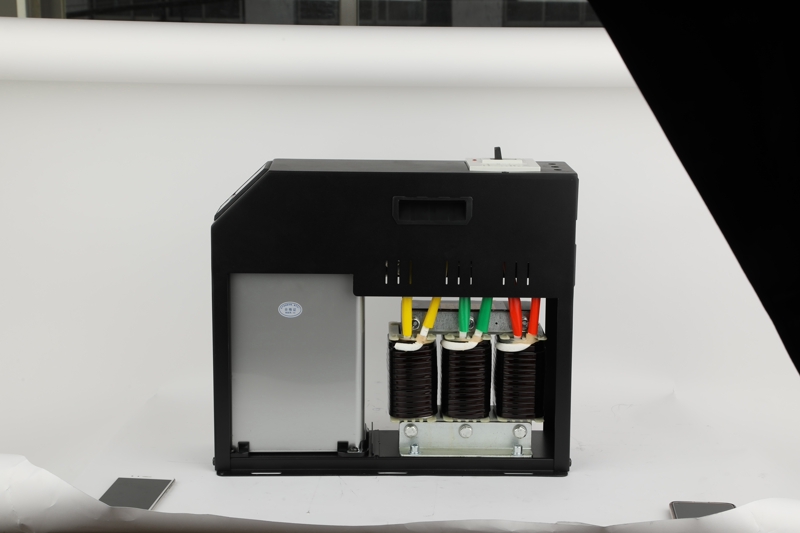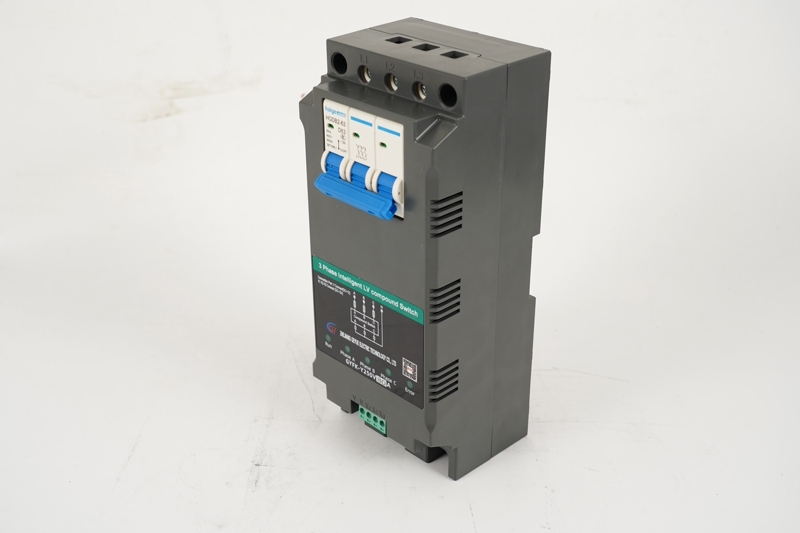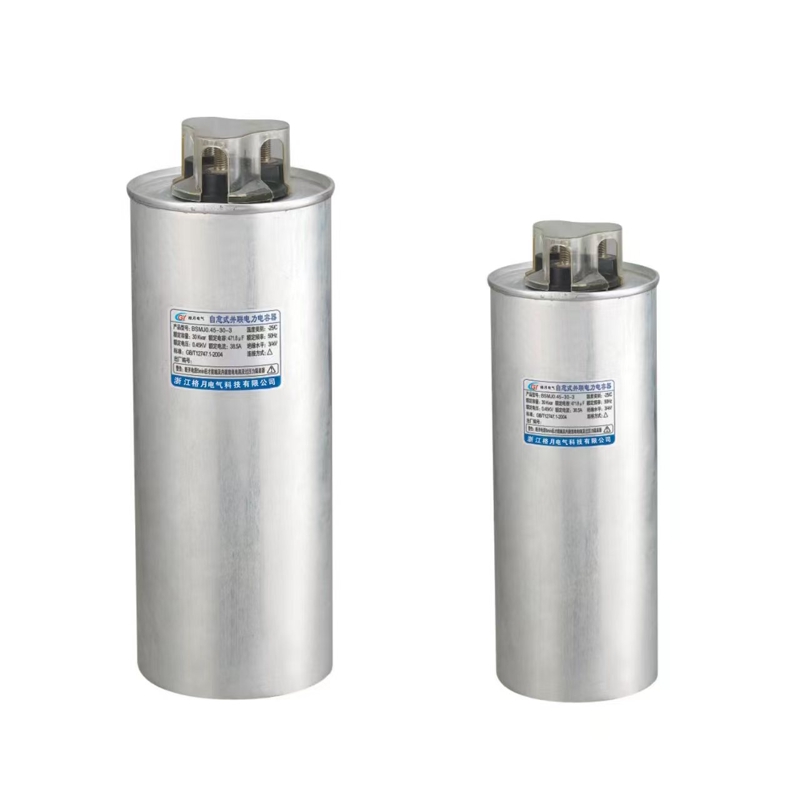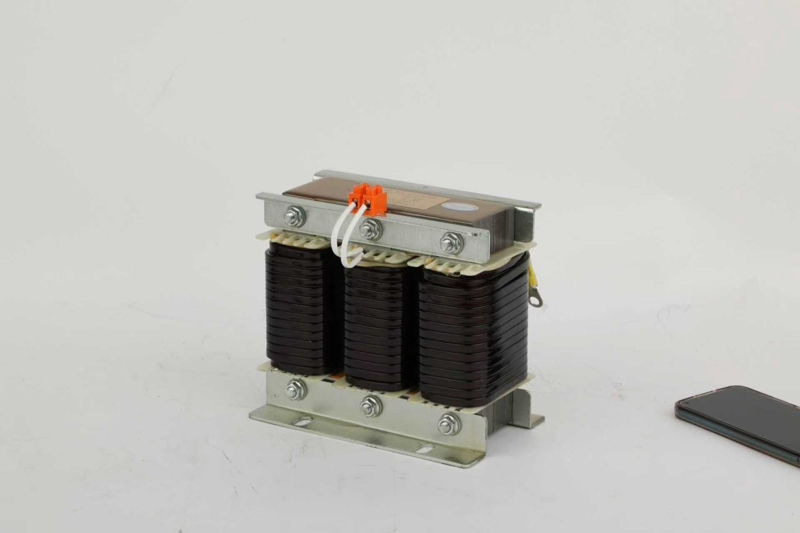Electrical Equipment knowledge
2025-03-04
1. Primary and secondary devices
Primary equipment: equipment directly involved in the production, transmission, and distribution of electrical energy, such as generators, transformers, circuit breakers, etc. These devices are the core components of the power system.
Secondary equipment: auxiliary equipment used for monitoring, protecting, and controlling primary equipment, such as relays, measuring instruments, etc. Secondary equipment ensures the safe and stable operation of the power system.
2. Rated values of electrical equipment
Every electrical equipment has its rated current, voltage, and power factor limits, exceeding these values may result in equipment damage or accidents. For example, when a generator is operating under overload, although short-term overload is allowed, long-term overload will accelerate insulation aging and affect equipment life.
3. Grounding and Neutral Connection
Grounding: Connect the metal casing of the equipment to the grounding device to prevent electric shock accidents. The grounding resistance is generally required to be no more than 4 ohms.
Neutral connection: Connect the metal casing of the equipment to the neutral wire of the system, mainly used to protect personal safety.
4. Maintenance of electrical equipment
Regular inspection: Check the insulation performance of the equipment, whether the wiring is firm, and whether the grounding is good.
Explosion proof electrical equipment acceptance: In industrial places, the acceptance of explosion-proof electrical equipment requires checking the integrity of the casing, the tightness of the junction box, etc., to ensure that the equipment meets explosion-proof requirements.
Previous :
Related News
- Can Cylinder Self-healing Shunt Capacitor Become the Ideal Choice for the Smart Grid Era?
- Apart from Saving Electricity Costs, What Value does Low-Voltage Reactive Power Compensation Bring to Enterprises?
- How does the Temperature Dependence of a Capacitor's Capacitance Value affect the Tuning Point of a Detuned Filter Circuit?
- Is There a Non-Invasive Way to Monitor the Internal Health of Power Capacitors, Such as Their Equivalent Series Resistance (ESR)?
- What Is the Concept of "Reactive Power Banking" or "Reactive Power Dispatch" in a Smart Grid Context?
- What Are the Recycling and Disposal Plans for Self-Healing Shunt Capacitors after the End of Their Life Cycle?
New Products

